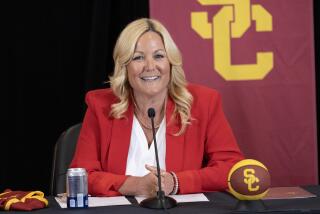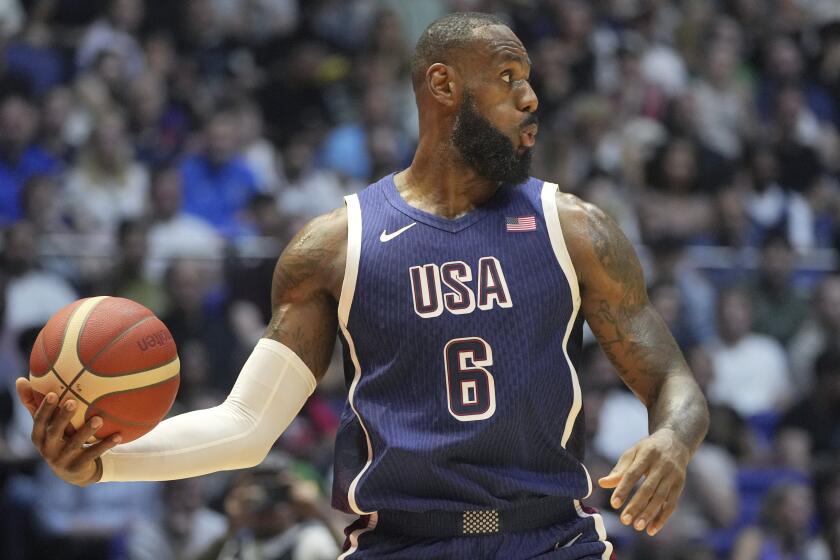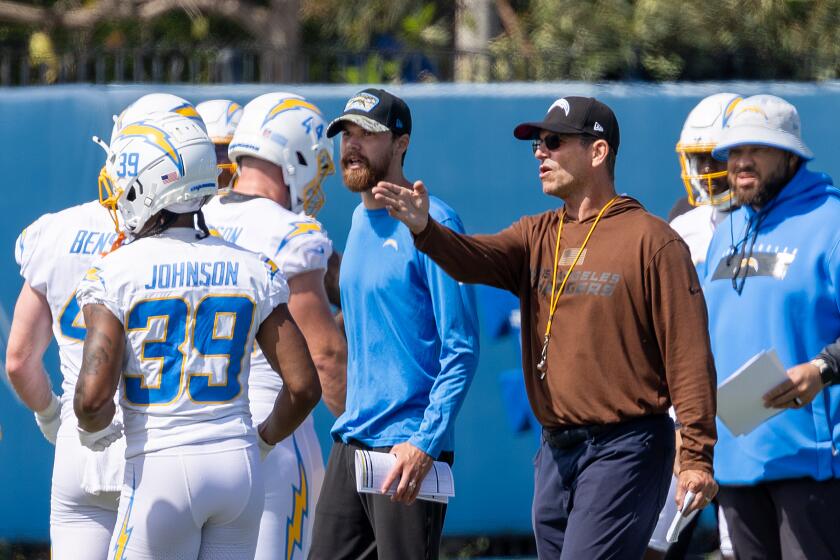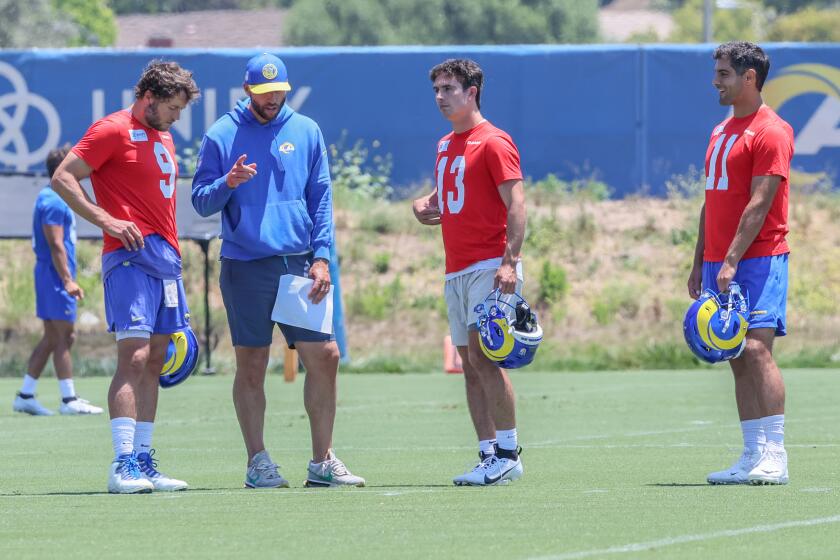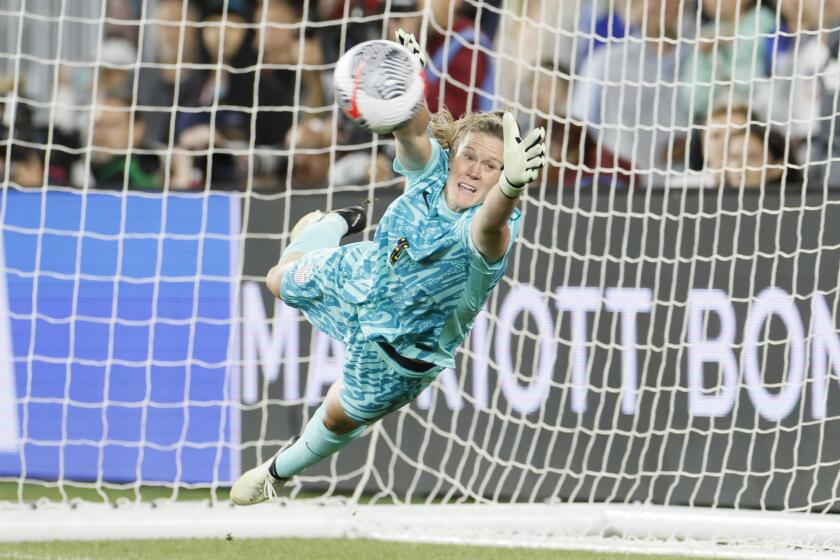Jeff Gray Slowly Recovering From Stroke
The day will be remembered for something that had nothing to do with the game between the Texas Rangers and the Red Sox. It was Tuesday, July 30, and the Red Sox were in fourth place, 10 games out of first. They were scheduled to play their 99th game of what so far had been a season of unrealized expectations.
Red Sox reliever Jeff Gray approached the day like any other, which is to say quietly and intensely.
He had no idea it would be the most pivotal day of his life. He had no sense of the changes he was about to undergo.
And why should he have thought of those things?
Life was pretty good for Jeffrey Edward Gray that slightly overcast morning.
Gray had appeared in 50 games. He was 2-3 with a 2.34 ERA and having the best season of his three-year career. Not bad for a guy who had been traded and released in the minors, to whom the Red Sox only would give a split-contract in the spring because they didn’t expect him to make the team.
So, Gray was feeling pretty good about himself when he arrived at Fenway around midmorning. He was a little tired, though, having pitched frequently in recent games. He had confided to a reporter just the day before that he wouldn’t mind a couple days off.
Had he known how prophetic that statement would be, he certainly wouldn’t have made it.
Gray embarked on his pregame routine.
He threw a little in the outfield.
He went into the Red Sox weight room to finish his work, where he also chatted with teammate and fellow reliever Daryl Irvine.
Then the world he felt so good about turned upside down.
“I was talking to Daryl and all of a sudden, my nose started burning something fierce. It was like it was on fire, but there was no fire,” Gray said in a recent telephone interview from his home in Riverview, Fla. “I splashed some water on it, but that didn’t help. All of a sudden, my legs left me and I was gone.”
Gray tried to walk back to his locker, but clearly something was wrong. “It must have looked like I was drunk,” he said.
His gait was so unsteady a couple teammates joked about it.
Gray sat in his chair.
And then slumped.
He was having a stroke.
At 28.
In the prime of his career.
In the best shape of his life.
“I thought I was dying,” he said. “I didn’t know what to do.”
That ignited the nightmare. Suffering dizziness, slurred speech and weakness throughout his right side, Gray was rushed to Beth Israel Hospital, right up the street from Fenway. The next few days were filled with multi-syllabic tests. Magentic resonance imaging tests. Arteriograms. CAT scans.
Except for some very close friends on the team, such as Tony Fossas, visitors were turned away. “I had to do it that way,” Gray said. “I just hope everybody understood.”
The diagnosis was a stroke, meaning his brain had been injured when a small abnormality in one of the arteries supplying blood to his brain had cut off some of the oxygen supply. Gray had a similar problem while a student at Florida State University, but nothing of that magnitude.
Gray left Beth Israel and embarked on a rehabilitation program at a facility in suburban Boston. Unknown to the media at the time, he made two visits to the Red Sox clubhouse to meet with teammates, hiding in the weight room while reporters were around. Other times, he called teammates.
His teammates tried to deal with the intrusion of life and death in the clubhouse. Many, including Tom Brunansky, Jack Clark and Jody Reed, later said Gray’s stroke was the inspiration for the team’s rejuvenation that ultimately brought the Red Sox within a half-game of the first-place Blue Jays.
Meanwhile, Gray started the long, rutted road back.
The reports filtering back from his initial rehab were not glowing. Those who spoke with him said his speech still suffered and his right side remained seriously impaired.
Gray started to wonder about his condition, about his program. He came to the conclusion the latter was a joke and made his own arrangements to go back to Florida.
“That was the best decision I ever could have made,” he said.
Today, Gray is making significant progress. His speech, except when he’s particularly tired, is normal. He has been lightly tossing a baseball for about three weeks. “It’s not pretty,” he said. “But it’s throwing.”
He works out at a rehabilitation center near his home for four or five hours, five days a week. “It’s only open five days a week, so I also work out on my own at a country club I belong to,” he said.
He even started to jog last week. “It’s certainly not sprinting,” Gray said. “My trainer said to (Gray’s wife) Clare, ‘Hey, he looks pretty good’ and Clare said, ‘He looks the same to me as before.’ The trainer said, ‘You mean he was that slow before?”’
But there is a long way to go. There still is weakness on his right side. He can only open his right hand 95 percent, but Gray said full range of movement in the toes and fingers often are the last to come back to stroke victims because the muscles aren’t strong enough to fire quickly enough to attain full motion.
“Pretty much every waking hour of my day is spent trying to get rid of this,” Gray said. “The doctor says he thinks I’m going to be normal and my goal is to go to spring training and participate completely. I don’t know if I’ll be ready to do that, but that’s my goal. We’re looking toward the future.”
More to Read
Go beyond the scoreboard
Get the latest on L.A.'s teams in the daily Sports Report newsletter.
You may occasionally receive promotional content from the Los Angeles Times.

